How to Deal with Burnout: Recognizing the Signs and Taking Action
Burnout has become a common challenge for many professionals. It’s more than just feeling tired or stressed—burnout is a state of emotional, physical, and mental exhaustion caused by prolonged and excessive stress. For women leaders, executives, and entrepreneurs, the pressure to balance professional and personal responsibilities can often lead to burnout. Recognizing the signs and taking proactive steps to address burnout is crucial for maintaining your well-being and thriving in your career. Here’s how you can identify burnout and take action to recover and prevent it.
Recognizing the Signs of Burnout
- Exhaustion: Feeling drained and physically exhausted, even after a good night’s sleep, is a key sign of burnout. This exhaustion can also be emotional and mental.
- Detachment: Another common symptom is a sense of cynicism or detachment from work, colleagues, or clients. You may feel disconnected and lack motivation or enthusiasm for tasks you once enjoyed.
- Reduced Performance: Burnout can lead to a noticeable decline in productivity and performance. You might find concentrating, meeting deadlines, or making decisions challenging.
- Physical Symptoms: Burnout can manifest physically through headaches, stomach issues, changes in appetite or sleep patterns, and frequent illnesses.
- Emotional Symptoms: Feelings of helplessness, frustration, irritability, and a general sense of being overwhelmed are emotional signs of burnout.
Taking Action to Address Burnout
- Acknowledge Your Feelings
The first step in dealing with burnout is recognizing and acknowledging it. Accept that it’s okay to feel this way and that seeking help is a sign of strength, not weakness.
- Prioritize Self-Care
Investing time in self-care is essential. Ensure you get enough sleep, eat nutritious meals, and exercise regularly. Meditation, yoga, and hobbies can also help reduce stress and improve overall well-being.
- Set Boundaries
Establish clear boundaries between work and personal life. Set specific work hours and stick to them. Avoid checking emails or taking work calls outside these hours to give yourself time to recharge.
- Delegate and Seek Support
Don’t hesitate to delegate tasks and seek support from your team. Sharing the workload can relieve pressure and give you more time to focus on essential tasks. Talking to a mentor, coach, or therapist can provide valuable guidance and emotional support.
- Take Breaks and Vacations
Regular breaks during the workday and taking time off for vacations are crucial for preventing and recovering from burnout. Use this time to disconnect from work completely and engage in activities that rejuvenate you.
- Reevaluate Your Goals
Take a step back to reassess your professional and personal goals. Ensure they align with your values and passions. Sometimes, burnout can signal that you need to change your career path or workload.
- Practice Mindfulness and Relaxation Techniques
Incorporate mindfulness and relaxation techniques into your daily routine. Deep breathing, progressive muscle relaxation, and mindfulness meditation can help reduce stress and improve mental clarity.
- Connect with Others
Building a support network of friends, family, and colleagues can provide a sense of community and belonging. Share your experiences and feelings with trusted individuals who can offer empathy and support.
Burnout is a serious issue that can impact your health, well-being, and professional performance. Recognizing the signs early and taking proactive steps to address burnout can help you regain your energy, focus, and passion. Prioritize self-care, set boundaries, seek support, and make time for activities that rejuvenate you. By taking these actions, you can effectively manage burnout and continue to thrive personally and professionally. Remember, taking care of yourself is not a luxury—it’s a necessity.





